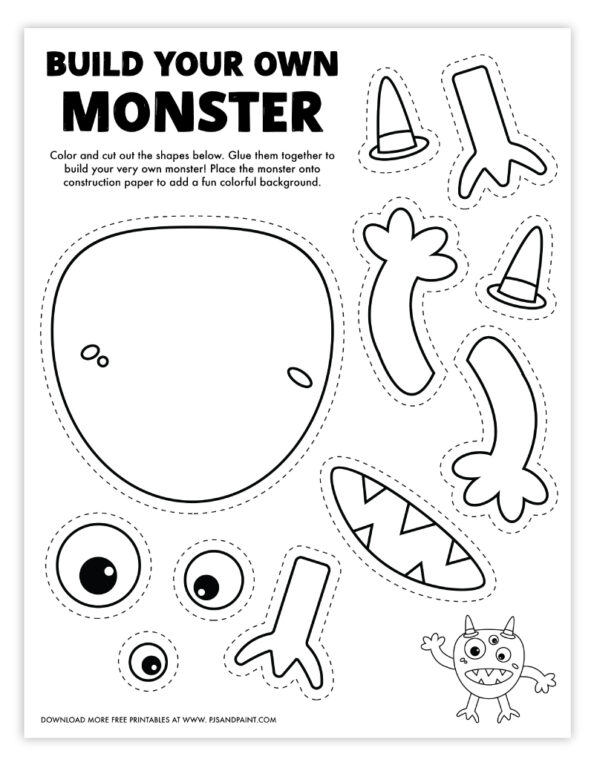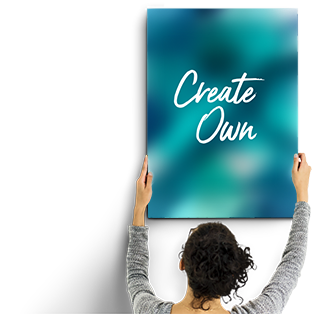

Complete your rectangle with another line about a 1/2 to 1 inch away from where the page is bound into the cover. Draw another line along the top of the page, also about an inch away from the edge, and another one along the bottom. Use a pencil and a ruler to draw a line along the side of the page about an inch away from the edge.Lay the cover flat onto a second book, this will help to support and keep the book flat whilst working on it. Open the book to page 60 or 1/8 of the book depending on how many pages your book has.
Make your own eyespy page full#
If you can keep the two lenses the right distance from each other, keep them parallel, and maintain a good line of sight, your new homemade telescope will be the perfect fit for you, your children, or a classroom full of eager young astronomers.
Paint both the tubes and leave to dry before adding any stickers and placing the inner tube into the outer one. Once again wrap the end with electrical tape, over overlapping the edge of the tube with the tape slightly, so that it can be pressed around the lens (see picture) otherwise construct using the same procedure as you did with the inner tube and eye lens. Fitting the large lens to the outer tube if you have purchased your large lens to fit the outer tube, you should be able to just push it into a good tight position in the end of the tube. Once dry wrap with electrical tape, try to over overlap the edge of the tube with the tape slightly so that it can be pressed around the eyepiece (see picture) this will give extra strength and a nice finish. To help it stick, stand the tube up with the cardboard lens facing down and leave to dry. Coat the rim of the inner tube with glue and press the cardboard circle that holds the lens onto it. Push the eye lens into the center of the cardboard hole, it should be a good fit and held secularly in place with the cardboard, if you wish to you can add a dab of glue to the inside of the hole before pushing the lens in for extra security. If you are using a concave lens the flat side of the lens is the side that should be facing you, the convex lens is also placed with the curved side facing the sky. Using the craft knife, cut the inner circle out of the cardboard, and then cut around the larger circle to remove it. You may find this easier to use a ruler and mark out a cross in the larger circle first this will give you a guide to the most central position to place the lens before drawing around it. Place the small lens onto the center of this circle and draw around this too. Mark a circle onto the piece of cardboard by drawing around the inner tube. There are many different ways to make your own telescope, but the fundamentals are always going to be relatively similar. Need to see a little further? Why not have a go at building a homemade telescope that’s slim enough to slip into a backpack, no problem. Good luck on your mission, and I hope you have a successful stakeout! Building a Homemade Telescope For the ultimate secret stakeout, you may want to consider camouflaging your periscope with a little of its surroundings. It’s a good idea to paint your periscope in a neutral color or something that will blend into its surroundings, I will be using mine outdoors so I went with a rich deep green color. You can tidy them up with a little masking tape if you like. The edges of the periscope can sometimes end up looking a bit untidy in the places where you scored it. Glue and insert a mirror into each opening of the periscope. Glue the flaps at the end of the periscope down. Fold the periscope over to make a tube, glue and secure with masking tape if needed. Folding over the ruler will help keep the folds straight. Using the ruler as a guide, ask an adult to score down the dotted lines with the craft knife. Once the glue has dried carefully cut out the template along the solid lines being careful not to cut off the end flaps. If you are using a cereal box to make your homemade periscope and intend to paint it, then it really doesn’t matter which side you glue the template onto, the main thing here is that the template is well glued down. Print off the Periscope template and glue it onto the cardboard. 
Large cereal box or an A4 size or larger piece of cardboard.






 0 kommentar(er)
0 kommentar(er)
